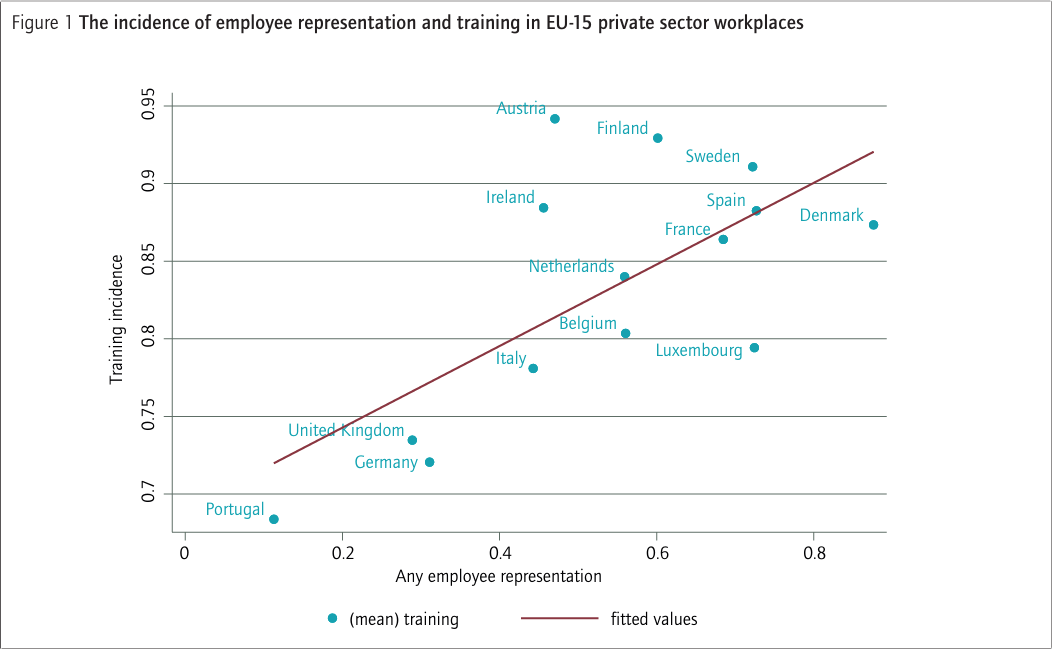Foreword
Despite the years that have passed, this Policy Brief from 2018 remains strikingly relevant to today’s debates around productivity, competitiveness, and the future of work in Europe.
While the policy landscape may have evolved, the fundamental issues raised in this piece, especially the risks of dismantling labour market institutions in the name of flexibility continue to resonate. From a trade union perspective, this brief offers a powerful reminder that socially inclusive and cooperative approaches to workplace reform can drive not only fairness but also productivity.
As calls for structural reforms persist across EU Member States, the evidence presented here challenges the assumption that deregulation leads to economic efficiency. Instead, it underscores how employee representation, coordinated bargaining, and workplace practices rooted in mutual trust are essential to achieving sustainable growth.
We believe revisiting this analysis offers valuable context for current discussions and reaffirms the role of trade unions as constructive partners in building productive, future-ready economies.
The article below originally published on ETUI Policy Brief N° 1/2018 European Economic, Employment and Social Policy








